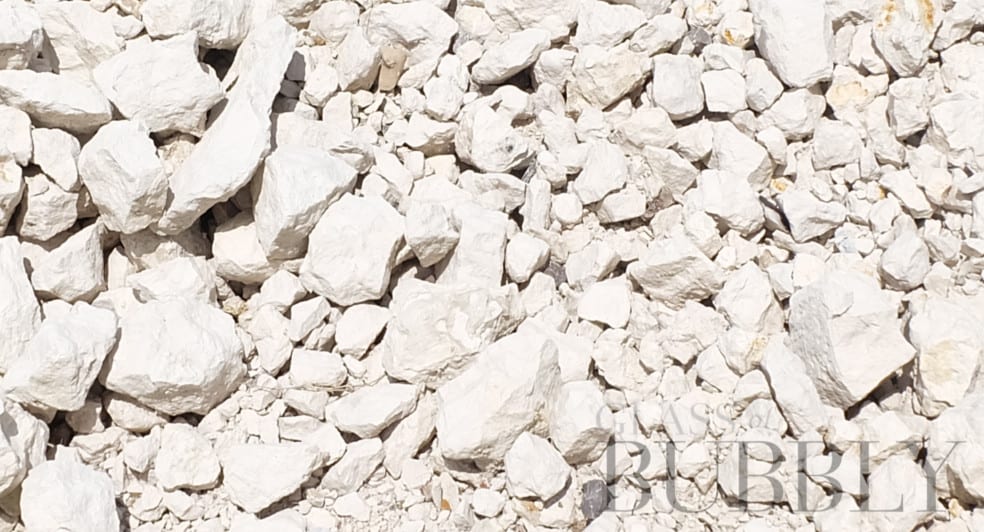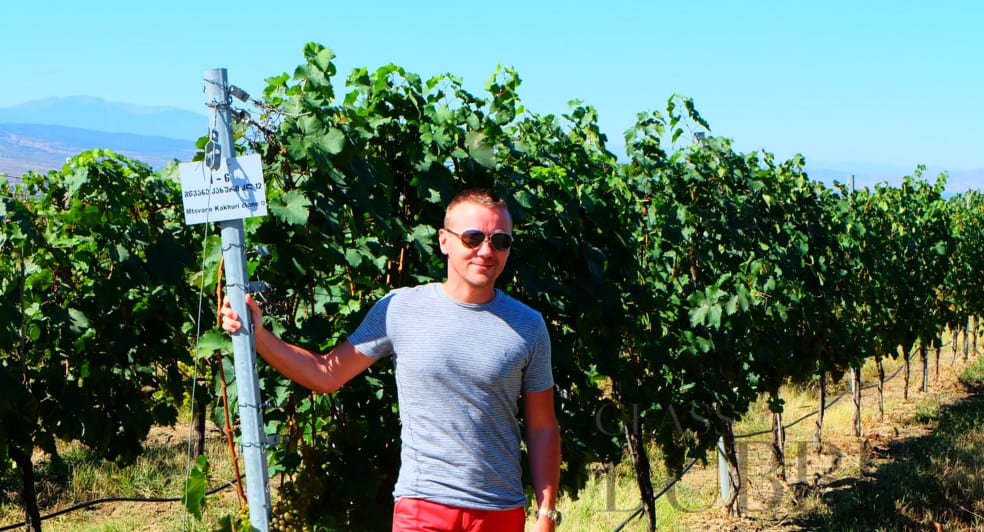What does Terroir mean?
17th February 2021

It’s a tricky one to answer, believe it or not, simply because there is no exact translation. A French word firmly used in the world of wine, yet many will debate its actual meaning. Used in many variations and yet widely understood when heard, we know what it means in our minds yet we will struggle to convey what we know of it to others especially those who are not wine professionals.
“Terroir is a French term used to describe the environmental factors that affect a crop’s phenotype, including unique environment contexts, farming practices and a crop’s specific growth habitat. Collectively, these contextual characteristics are said to have a character; terroir also refers to this character.” Wikipedia
Personally, I like to refer to ‘terroir’ as the sense of the place, this is all made much easier to understand when you have visited either the region the wine is from or to be even more precise, the winery itself. Where the vines were grown in order to make the wine from each vine itself to the land it sits on, down through the soil layers and up through the atmosphere with wind, rain and sunshine thrown in and a little help from man. From Alpine freshness to volcanic soils, hot summers to frosty mornings – So much goes into each terroir we get to experience within our favourite wines.

Chalk and Stoney character land
Many people, assume or heavily focus on, that terroir refers to the soil and how it’s expression is shown within the wine. Such is the variation in opinions of the meaning of terroir that we can safely say that the land/soil is a prominent feature and certainly holds much influence on the end results in winemaking. Many wines express very well the style of the soil they are produced on with many references expressed as wine professionals write down their tasting notes (aromas and flavours). There is again much debate still as to whether the soil affects the wine or contributes value in flavour to the wine – Soil also must be seen as not just the top level, visible surface, but what lies beneath and what the vine routes feed from.
Soil types vary tremendously from chalk to clay, volcanic to the darker type that many of us will have in our back gardens and constantly dig over to get that proud line of runner beans each year. The soil will influence what type of vine grows best and also the outcome of grape colour / tannins / acidity and more. There must be some kind of magic that soil / land offers in wine production as many single vineyards globally are picked out as being extra special and producing the world’s most prestigious and highly valued wines.
“Krug ‘Clos du Mesnil’ is from a 1.4ha vineyard in the shadow of the church at Mesnil-sur-Oger and seems to enjoy something of a premium above and beyond normal comprehension.” source Glassofbubbly
Though much research takes place on the subject of soil and wine, there is not much clarification to refer to and only plenty of opinions to digest.

Cool, Warm and Hot weather effect Wine Character – Here I am in Georgia
The weather is also an important key in wine production. Without its influence, there would be no wine. Just like we learn as children that fire requires three components in order to survive (heat, oxygen and fuel), one of the components for wine is the weather which blesses the vines each day with its presence.
The global wine production takes places within two hemispheres that mostly lay within the 30th and the 50th degree of latitude in both the Northern and Southern. Each country and each wine region will offer wide varieties of wines thanks to the grapes of each harvest. With attention to detail, and a long history, we see grapes popular in one region and not so in another as with fine research from experienced wine professionals decides the versatility of and production qualities of each variety so to be maximised. Some grapes fair better in some terroirs over others.
With weather comes temperatures and once again, grapes are very much influenced by the morning frost to the roasting glare from the midday sun. The terroir is expressed and influences the grapes grown and wine produced (certain grape varieties perform better in their most suitable average temperature zone).

Lake Iseo on the edge of the Franciacorta Wine Region
Combining both the land and the weather we will also see water which is another important influence on wine production. Be it from rainfall to the avenues of water sources the roots of the vines find down below and also including the likes of rivers, lakes and the sea. Another big topic here though to summarise, water effects much and not only be feeding the vines – The likes of temperature control, irrigation, morning dew, how it falls from the sky (downpours to include hail) and much more affect the end results of the grapes the vine will produce.
I would also like to throw in the last name in this terroir hat, and this is human engagement within wine production. Another meaty topic with much to explore, though we can say that over the years winemakers will nurture the land their vines grow on. This takes shape in many forms from the likes of air circulation to controlling pests, how the vine is grown and taken care of to sustainability practices and harvesting.
The terroir could also extend to winemaking practices from the usage of oak ageing to the magical blends that have helped to shape the character of the wine over many years.
![]()
Christopher Walkey
Co-founder of Glass of Bubbly. Journalist and author focused on Champagne & Sparkling Wines and pairing them with foods.
